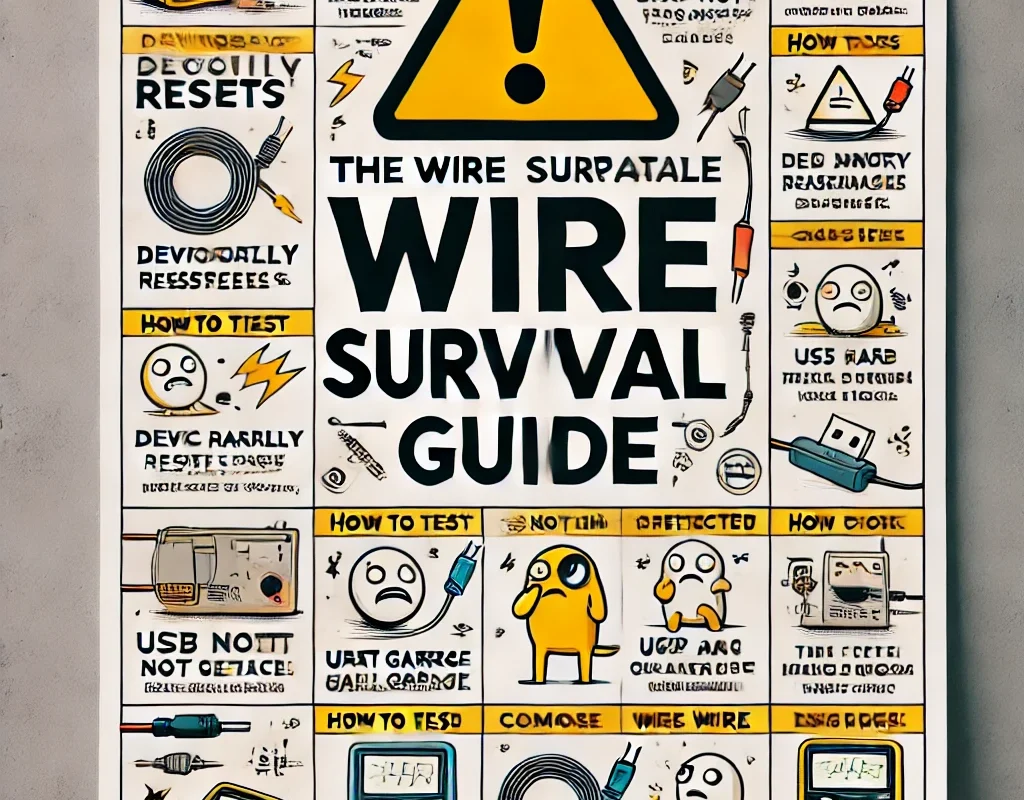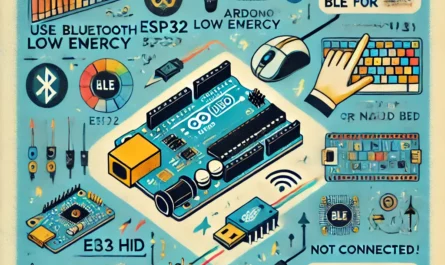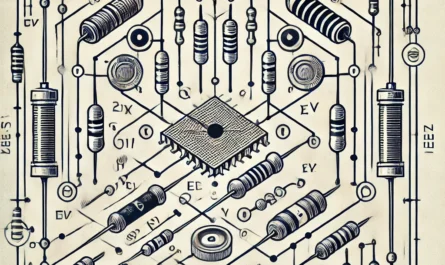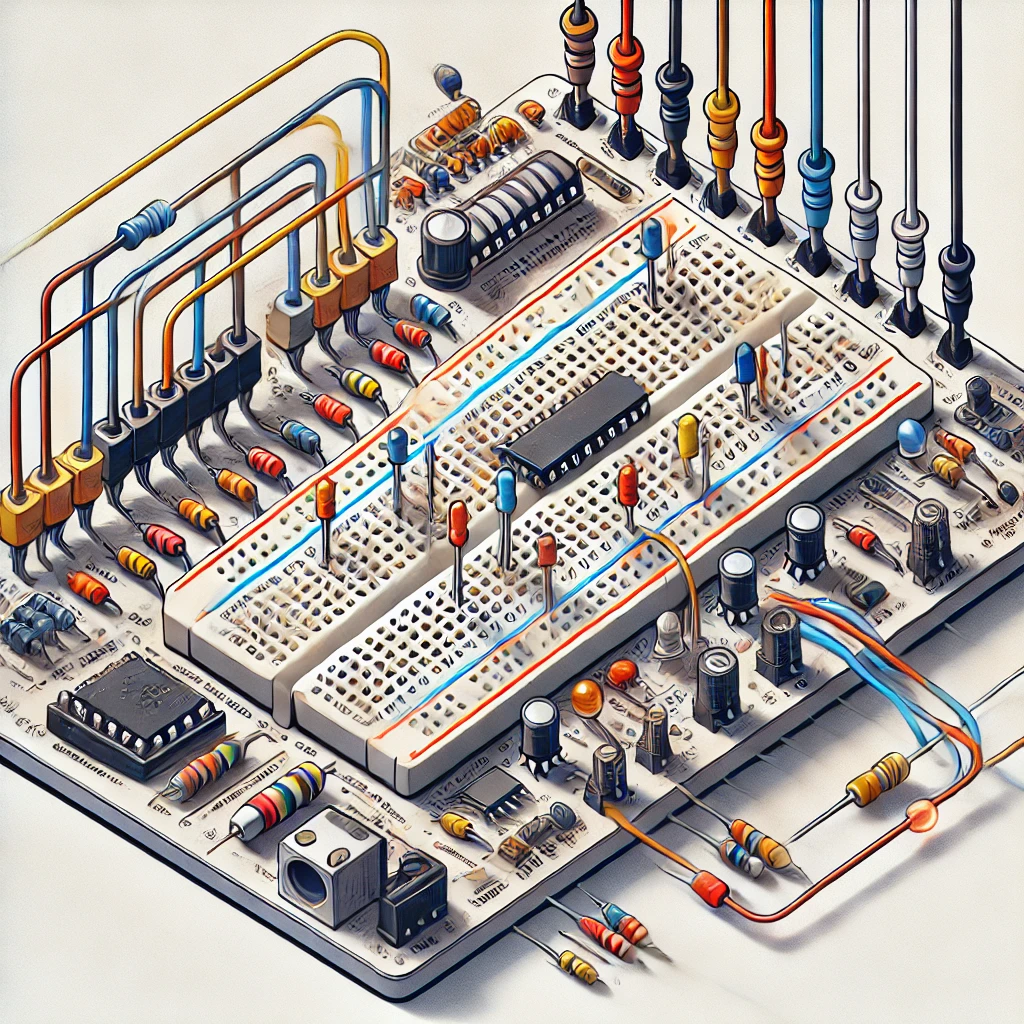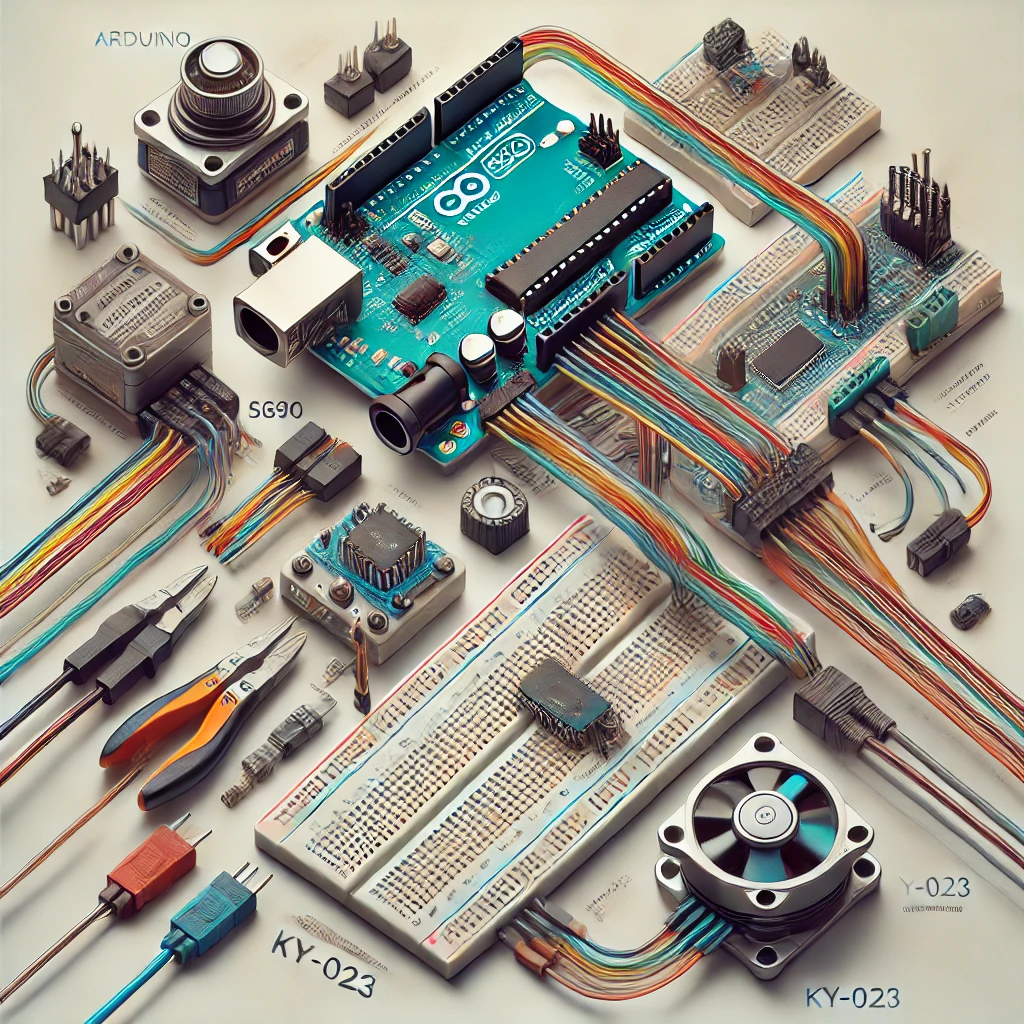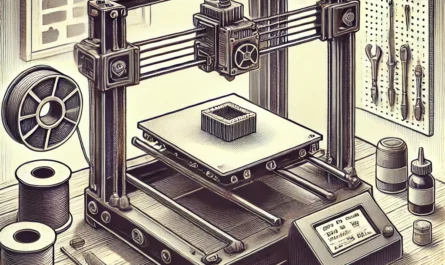(for makers, engineers, and victims of cheap cables)
🧠 Why Wires Actually Matter
Wires carry your signals.
And sometimes, they murder them in cold, copperless silence.
Without good wires:
- Your power rails drop
- Your UART spews garbage
- Your ESP32 randomly resets
- And your sanity evaporates
⚠️ Common Wire-Related Problems
| Problem | Symptoms | Likely Cause |
|---|---|---|
| Device doesn’t power up | Nothing happens, ESP doesn’t blink | Broken wire, high resistance, loose GND |
| Random reboots | ESP resets on Wi-Fi connect or servo move | Thin power wire, voltage drop |
| Garbage on serial (UART) | Random characters, unreadable logs | Noisy wire, poor grounding |
| Intermittent I2C/SPI failures | Works… sometimes. Then dies. | Long, unshielded wires, bad routing |
| Touch input falsely triggers | Touch pin fires without reason | Wire acting as antenna |
| High current device behaves weird | Servo jitters, LEDs flicker | Undersized wire, common ground issues |
| USB port doesn’t detect device | “Unknown device” or nothing at all | USB cable without data lines |
🕵️♂️ How to Check Your Wires
- Continuity Test
Use a multimeter:- Check for continuity between both ends
- No beep = bad wire
- Wiggle Test
- Move the wire gently while testing
- If connection drops in and out: it’s broken internally (hairline break)
- Visual Inspection
- Rusty pins = nope
- Solder blobs = maybe
- Exposed copper = sexy but dangerous
- USB Sanity Test
- Plug into PC
- If power works but device is not detected → you’ve been charged (pun intended)
- Resistance Test (Power wires)
- Measure resistance end to end
- Anything more than 1Ω = not worth your tears
🛠️ How to Fix It (or Yeet It)
| Issue | Fix or… |
|---|---|
| Loose crimp/pin | Re-crimp or solder + heatshrink |
| Broken conductor | Cut and re-solder + sleeve |
| Flaky USB cable | Just throw it. Life is too short. |
| Undersized wire | Replace with proper AWG (see below) |
| Wires too long | Shorten or shield (twist data lines!) |
✅ How to Choose the Right Wire
| Application | Recommended Gauge (AWG) | Notes |
|---|---|---|
| LED Strip (5V, 2A) | 22–18 AWG | Don’t use jumper wires |
| ESP32 Power (3.3V/5V) | 24–22 AWG | Thick enough, not too stiff |
| I2C/SPI/UART | 26–24 AWG twisted pair | Keep short, under 20cm if possible |
| High power (Motors) | 18–14 AWG | Depends on current — check the amps |
| USB (data + power) | Full 4-wire, 24/28 AWG | No charge-only junk cables! |
🔥 Pro Tips for Not Hating Wires Later
- Label your cables (use tape, write VCC/GND/etc)
- Twist signal + GND together = less noise
- Use heatshrink = looks pro, feels pro
- For breadboarding: premium jumper wires are worth every cent
- Test every new cable before trusting it with anything valuable
💀 Golden Rule of Debugging:
If something acts weird, check the wire.
If it still acts weird…
Check the same wire again. It’s lying to you.

